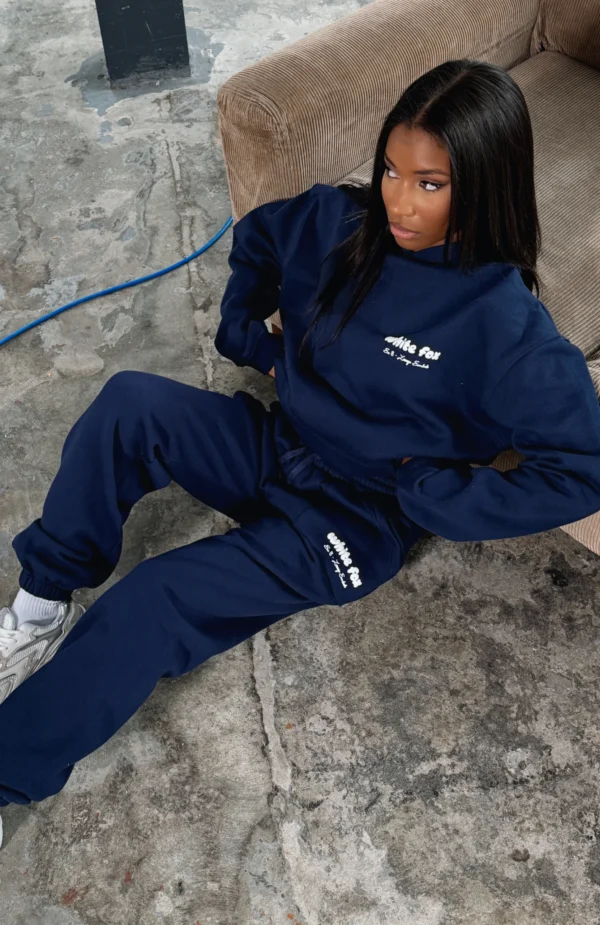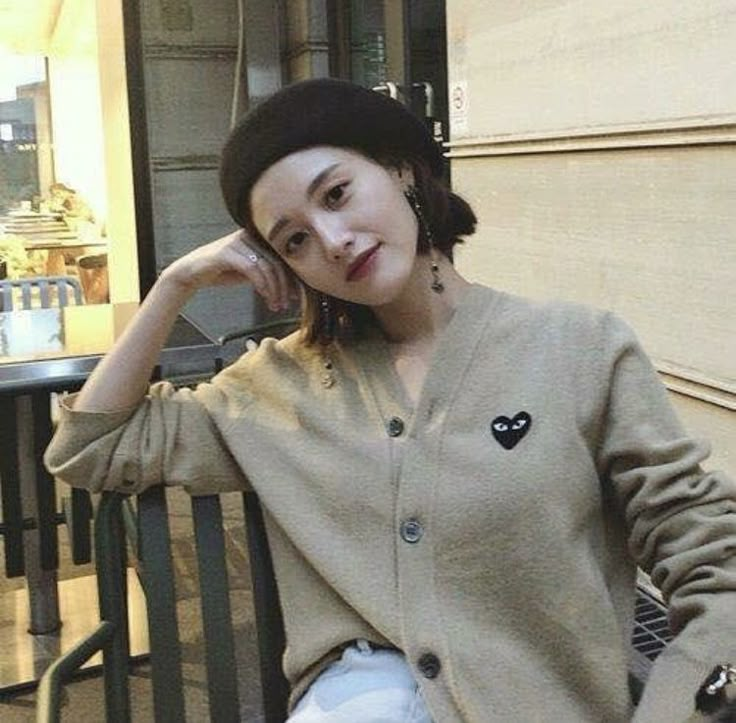Few brand names in the fashion industry are as powerful as Comme des Garçons. Established by Rei Kawakubo in Tokyo in 1969, the label has evolved to be an emblem of defiance, innovation, and forward-thinking. Though it originated in high fashion, it has permeated deep into streetwear culture, motivating a whole generation of designers, artists, and regular wearers to communicate individuality through attire.
Breaking the Rules to Make New Ones
https://officialcommedegarcons.com/ is not for conforming it’s for standing out. Kawakubo’s design aesthetic defies traditional notions of beauty and form. Her clothing frequently incorporates asymmetry, deconstruction, and unconventional shapes that redefine the parameters of what is fashionable. This philosophy speaks strongly to streetwear, a culture that itself arose from the streets and was rooted in nonconformity. In the same way that skateboarders, graffiti crews, and hip-hop subcultures used clothing to signify autonomy, Comme des Garçons invites wearers to accept irregularity and imagination.
Art Meets Everyday Wear
What sets Comme des Garçons apart is how it translates art concepts into wearable garments. With sculptural coats, raw-edged shirts, the brand materializes humble clothing into living statements. This notion of “wearable art” can affect streetwear brands that combine graphic prints, avant-garde tailoring, and cultural narratives.
Brands such as Off-White, A-COLD-WALL*, and even Supreme have recognized the avant-garde inspiration of Comme des Garçons in their design approach — fusing luxury design sensibilities with street culture visual appeal.
The Heart Motif and the Human Touch
The most identifiable connection between https://officialscommedesgarcons.com/ and streetwear is probably Comme des Garçons PLAY, which is a sub-brand introduced in 2002. Its conceptual tees, hoodies, and sneakers, characterized by the red heart graphic created by Filip Pagowski, straddle the divide between conceptual fashion and streetwear casual. The approachability of PLAY allows high-fashion to be less intimidating, giving regular folk access to the Comme des Garçons approach without breaking the runway budget. It’s a call-back to the fact that personal expression doesn’t have to include excess — only sincerity.
Collaboration as Creative Dialogue
Comme des Garçons has been the art of collaboration for years, way before it became trendy. The brand’s collaborations with Nike, Converse, Stüssy, and Supreme are evidence how cutting-edge fashion can combine with street culture to produce something new yet eternal. Every collaboration is not about the logo — it’s a dialogue between two worlds of creatives. With each of these ventures, Comme des Garçons still inspires up-and-coming designers to push boundaries fearlessly, blurring the lines of streetwear’s raw power with high fashion’s art.
Empowering Individuality via Fashion
In the end, Comme des Garçons is not just a brand — it’s an attitude. It’s freedom from expectation and embracing the beauty of self-expression. During an era where trends pass quickly and social media encourages uniformity, Kawakubo’s vision teaches us that style is something that originates from within. For fans of streetwear, this ideology drives creativity. It challenges them to try, mashup, and reimagine what fashion can be in their lives.
Streetwear as Art
Comme des Garçons’ strength in the streetwear discourse is that it manages to make fashion art without sacrificing the rawness of the product. Kawakubo’s presentations are more in the nature of performances than runways — places where fashion is storytelling. This erosion of lines between garment, feeling, and meaning continues to influence streetwear designers who conceptualize clothes as identity canvases.









